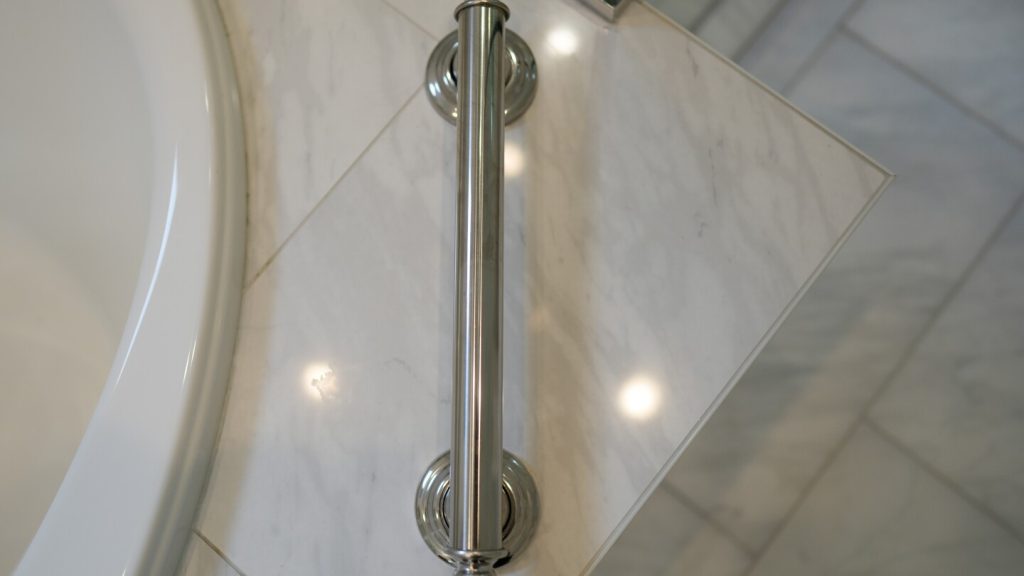As the majority of Americans prefer to age in place, experts emphasize the importance of making modifications to homes to ensure safety and accessibility for older adults. The National Institute on Aging and AARP offer a free room-by-room guide with practical suggestions. For the entrance way, it is recommended to have step-free access and consider adding a ramp if necessary. A bench in the foyer can provide a place to sit while removing shoes or setting down items. In the bathroom, installing a walk-in shower with grab bars and nonskid decals can prevent falls, as well as adding a hand-held nozzle to the shower head for easier rinsing off while seated.
In the bedroom, creating a main-level bedroom if stairs are difficult to manage is recommended. Ensure the bed is easy to get in and out of, and consider using bed risers if needed. Investing in an adjustable bed can provide extra comfort. In the kitchen, purchasing a stove with safety features that alert when a burner is on or automatic shut-offs can enhance safety. Relocating major appliances for easier access, adding slide-out drawers to cabinets, and installing lever-style faucets can make tasks easier for older adults.
When it comes to furniture and rugs, decluttering rooms and removing furniture can create better mobility. Replace chairs with armrests to make standing and sitting easier, and avoid furniture with sharp corners. Hide cords out of pathways and secure area rugs with nonslip mats. The Administration for Community Living, part of the U.S. Department of Health and Human Services, operates a website and hotline for individuals seeking local services or resources. This initiative aims to support older adults in maintaining independent living while ensuring safety and accessibility in their homes.
Overall, making modifications to homes to accommodate the needs of older adults is crucial for promoting independence and safety. By following the tips provided by organizations like the National Institute on Aging and AARP, individuals can create a living environment that is conducive to aging in place. From ensuring step-free access in entrance ways to installing safety features in bathrooms and kitchens, these modifications can make a significant difference in the well-being and quality of life for older adults. With the support of resources like the Administration for Community Living, individuals can access the assistance and services needed to create a safe and comfortable living space as they age. By prioritizing these modifications, older adults can continue to live independently in their own homes for as long as possible, allowing them to age with dignity and autonomy.


